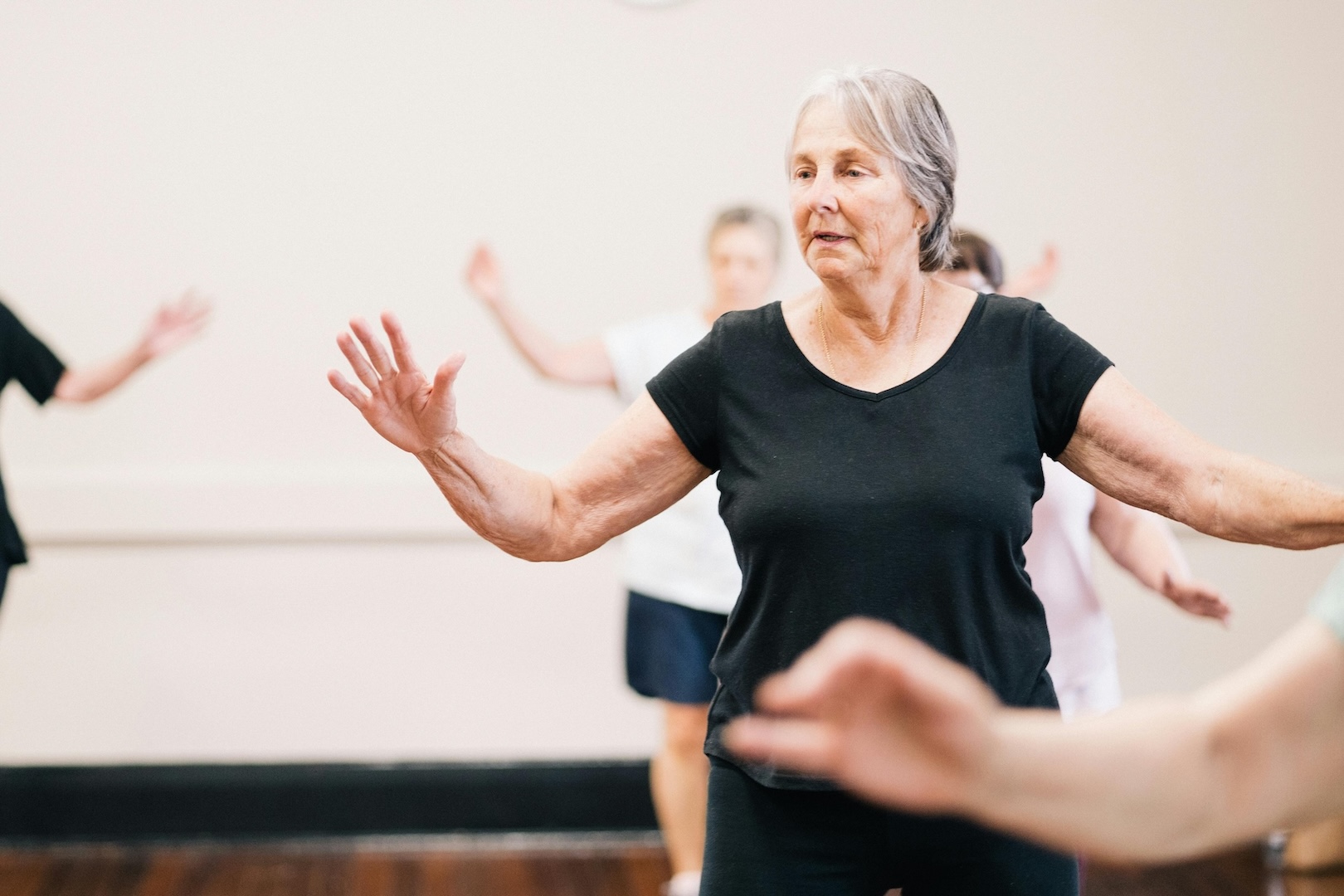The Role of Physiotherapy in Retaining Independence After SCI
Last week (7th to 13th September) was Spinal Cord Injury Awareness Week, with this year’s focus highlighting the importance of accessibility in ensuring opportunities for people with a spinal cord injury. The spinal cord is a complex bundle of nerves responsible for sending brain signals to the body. Spinal cord injury (SCI) consists of damage to the spinal cord that reduces feeling or functional mobility, sometimes also disrupting other bodily functions like those associated with the bladder or bowel.
How does a spinal cord injury occur?
SCI usually occurs as a result of trauma, a medical condition or some other back or spine condition, and is broadly categorised as either complete or incomplete. A complete SCI means there are no signals (sensation or voluntary movement) below the point of injury, whereas an incomplete SCI results in limited movement, feeling or functioning.
SCI and mobility
Precisely how an SCI affects a person will depend on several factors, such as the severity of the injury, and where on the spinal cord the injury occurred, with the management of such an injury often requiring a long-term, multidisciplinary approach.
SCI and Physiotherapy
The role of Physiotherapy in the rehabilitation process will be determined by the scope of the SCI and exactly what outcomes are achievable within this scope. However, the primary aim of the rehabilitation program, in which physiotherapy is just one aspect, is to assist people suffering SCI to live as independent and fulfilling a life as possible. Regaining a level of function and mobility often constitutes an important part of independent living, and as weakness is a primary feature of SCI, physiotherapy focusses on strengthening exercises that help the client live as independently as possible. This can take the form of gait (walking) training, or wheelchair and seated mobility training, accompanied by strength and fitness training.
Gait training, for example, might involve redeveloping a client’s awareness of the position or movement of their body so as to increase the ability to tolerate load (standing) with the possible outcome of assisted walking (with the help of aids like a walking frame) thereby improving functional independence around the home and community. Alternatively, physiotherapy that aims to help clients adjust to wheelchair reliance might involve learning a range of skills necessary for navigating around the community, as well as transferring in and out of the wheelchair to accomplish daily living activities like going to the toilet and getting in and out of bed.
Living with an SCI
As we acknowledge Disability Action Week this week, focusing on the theme of accessibility, we must remember the importance of inclusivity in creating accessible communities. SCI can be a life-altering experience that often requires significant adjustments in a person’s day-to-day living. Each rehabilitation program will be developed to address the specific needs of the client, and will always be determined by the scope of the SCI. However, it is important to remember the ways in which increased function and mobility facilitates independence and helps a person with SCI participate more fully in society, thus making society more accessible to them.
Need to know more?
At Smart Solutions Rehab Group, our experienced and well-trained Physios are here to help you maximise your independence after a spinal cord injury. Contact us today to discuss your needs via email at admin@ssrg.com.au or you can call us on 1300 729 190 and we will be happy to help!




